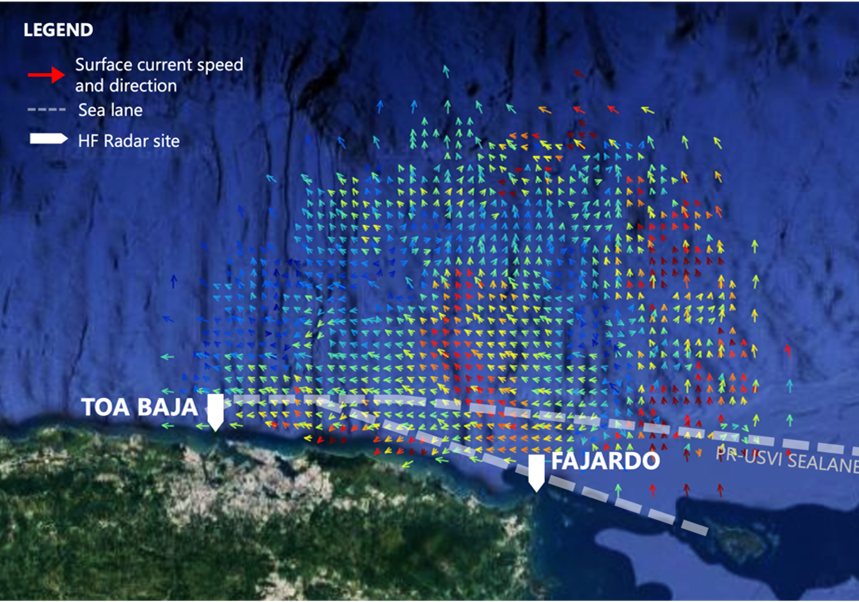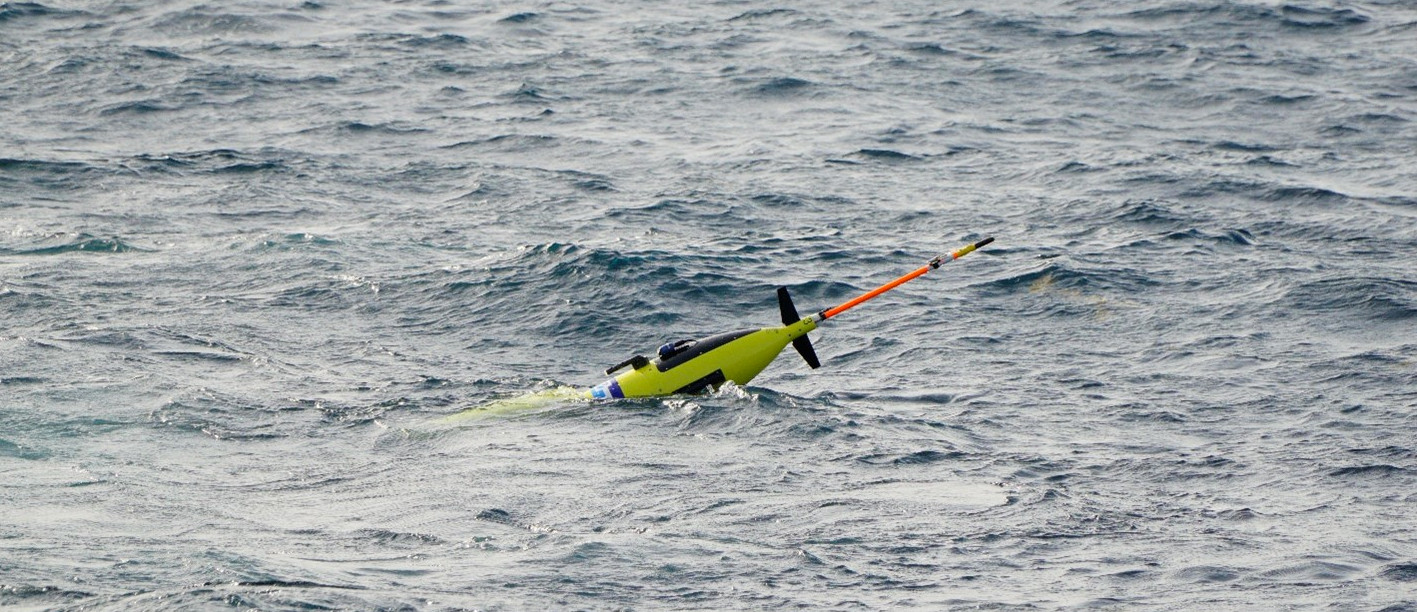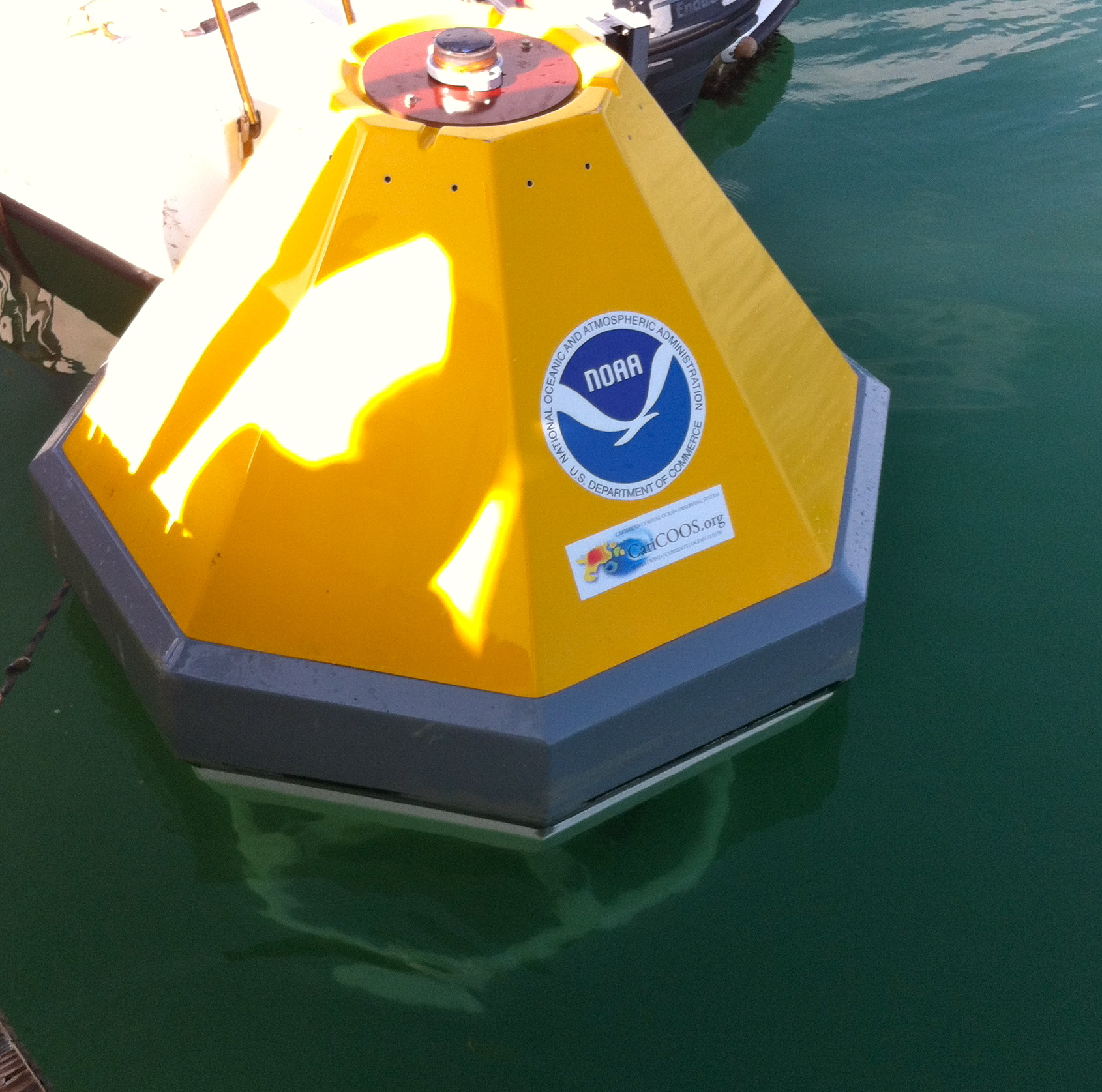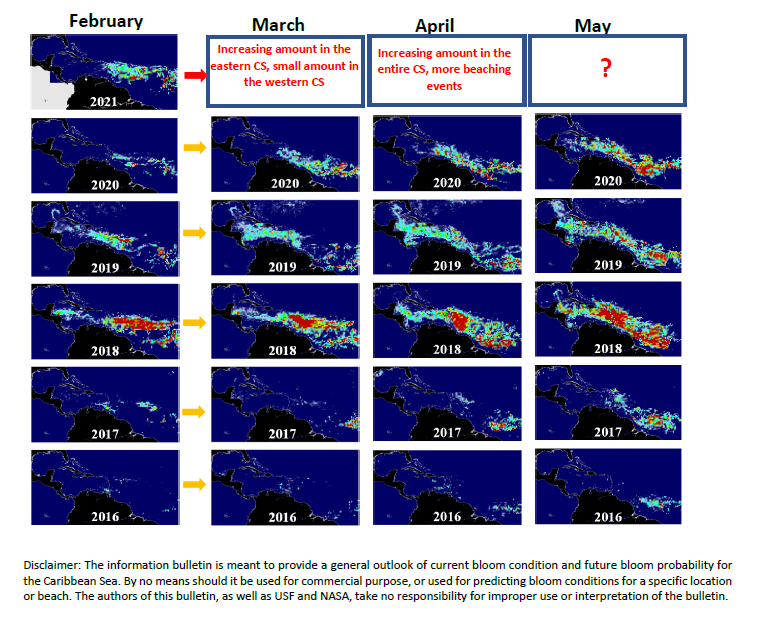
FIRST HIGH-FREQUENCY RADARS DEPLOYED ON THE NORTH COAST OF PUERTO RICO ALREADY REPORTING SURFACE CURRENTS








Sign up to get our newsletter.